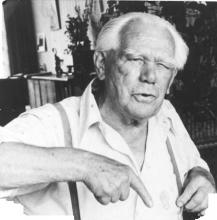The Dutch and German lefts are generally grouped together because of the extremely close links between the two. Like the Italian Left, they were expelled from the Third International as it degenerated, and in some respects had more immediately correct insights into the critical questions of the day (notably the union question). However, their complete under-estimation of the organisational question, added to ferocious repression during the 1930s-40s, meant that the groups were unable to maintain a coherent existence and to pass on their lessons to the new generation.
Doctor Bourrinet, fraud and self-proclaimed historian
Submitted by ICConline on






 We are publishing a contribution to the discussion about the development of class consciousness by comrade mhou who regularly contributes to our internet forum. We agree with its approach but welcome further contributions, either as articles or on the forum.
We are publishing a contribution to the discussion about the development of class consciousness by comrade mhou who regularly contributes to our internet forum. We agree with its approach but welcome further contributions, either as articles or on the forum.